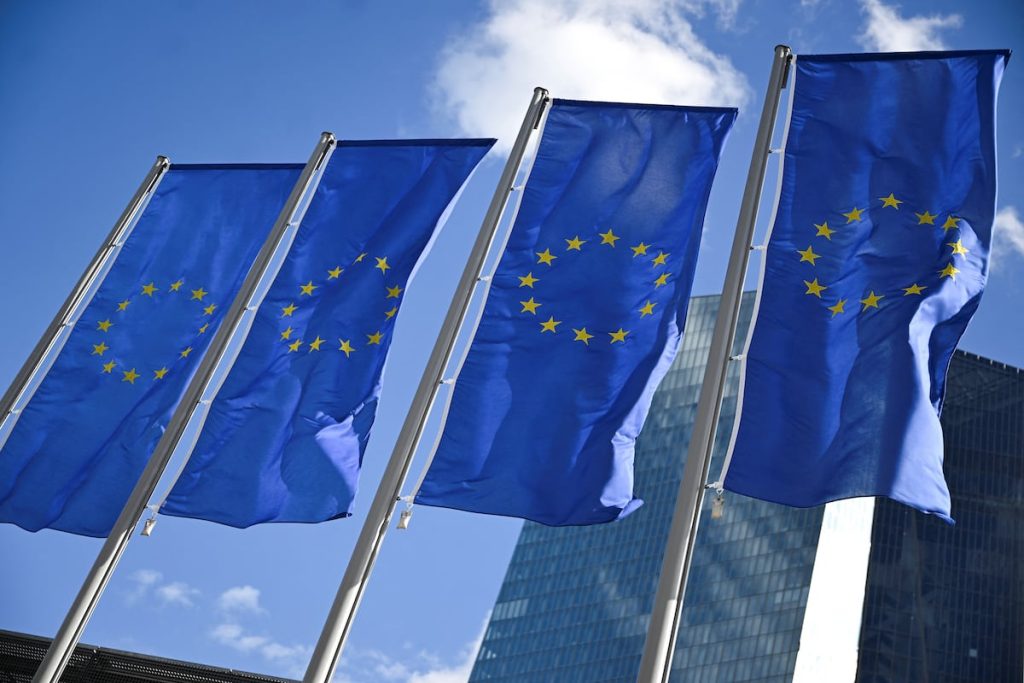The European Central Bank’s interest rate cut, the second this year, along with the expectation of further adjustments in the coming months, has sparked optimism about the recovery of Europe’s lagging economies, or in the case of Spain, the maintenance of economic expansion. The ECB anticipates a gradual growth rebound until reaching levels close to European potential starting in 2026. However, this forecast does not eliminate the risk of Europe lagging behind, revealing limitations of conventional economic policy instruments in the current context of structural change. ECB President Christine Lagarde mentions factors that could constrain the monetary shift in the immediate term due to persistent inflation in the services sector and in the long term due to protectionist tensions affecting imported costs. It is likely that the ECB’s reference rate will not drop below 2.5%, limiting stimulus, especially considering the contracting effects of liquidity drainage measures designed by Frankfurt, which will significantly impact state financing.
The interest rate cut is too timid to overcome the inertia burdening the European economy. Households are cautious, increasing their savings at the expense of consumption. Contrary to expectations following the end of pandemic restrictions, families are saving more than before: the savings rate is abnormally high in Spain and the rest of Europe. Despite this, the rate cut will affect deposit and savings product remuneration, potentially stimulating consumption. Relief is also expected for mortgage holders. However, inertia factors persist due to the disproportionate impact of inflation on low-income groups, who are more likely to consume. Regulatory uncertainties and the lack of electric vehicle charging points also weigh on durable goods consumption.
A more favorable reaction is expected from business investment, the variable most sensitive to monetary policy. This is good news as a change in trend is essential to address global and environmental challenges, according to the Draghi report. However, investment inertia also stems from deficiencies in the single market and barriers to savings mobility between member countries. Due to these obstacles, a significant portion of savings in the EU is invested in non-European companies. During the first half of this year, outward direct investment (building production capacity outside Europe) exceeded 167 billion euros. In contrast, the inflow of foreign capital amounted to 17 billion euros, ten times less. Spain’s trend is more favorable, but close interconnections with the continent prevent decoupling.
Monetary policy can help revive economic activity. However, without a more robust catalyst, the scenario appears more complicated than what the ECB predicted, with the risk of European decline persisting. After a moderation in food prices in August, the year-on-year increase in the CPI has decreased by five tenths of a percentage point to 2.3%. The underlying inflation, excluding energy and fresh food, decreased by one-tenth of a percentage point to 2.7%. The result has surpassed expectations, mainly because more volatile components have fallen more than anticipated. While there is a trend towards disinflation in most CPI components, recent margin and wage adjustments are expected to maintain some pressure, particularly in services. Raymond Torres is the Director of Economic Analysis at Funcas. On Twitter: @RaymondTorres_.


